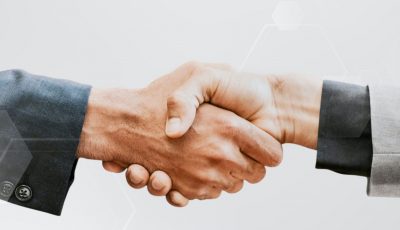Singapore and the United States
Singapore is a city-state located in Southeast Asia on the southern tip of the Malay Peninsula. It is slightly larger than Guam and is an essential ally of the United States on military and economic matters. Singapore is not a mutual defense treaty partner with the United States in the same way that characterizes the bilateral military relationships that America has with Australia, Japan, the Philippines, and South Korea.
Singapore’s value to the United States lies with its unique geographical location near key international ocean shipping lanes, its proximity to China, and its massive trade and multi-billion-dollar direct investment relationship with America.
What the United States has with Singapore is an access-based contract, known as the Strategic Framework Agreement. Singapore has basically given the Pentagon permission over the past several years to access its territory to conduct intelligence surveillance aircraft flights on Chinese activity, engage in spy missions initiated out of Japan and the Philippines, support American efforts to conduct cyber-warfare, counter piracy, and enable aircraft carrier and military surface vessel deployments to port call in-country.
As is the case with Japan, South Korea and Australia, Singapore is a major purchaser of American-made military weapons to the tune of close to $40 billion. Singapore has somehow been able to avert being a major weapons purchaser of Chinese and Russian arms.
Yet Singapore is a major trading partner with China and has approximately 20 free trade agreements with other nations. As a result, Singapore has been able to balance its relationships with both China and the United States that has not been fully duplicated elsewhere.
Navy talking points
As is the case with both Guam and the Northern Marianas Islands, the United States Navy maintains a presence in Singapore. What is different, however, is the Navy engages in major surface military vessel and aircraft movement coordination out of Singapore from Changi Naval Base. Reciprocity is seen with Singapore military personnel supporting select American military operations worldwide.
Singapore is also home of the major Navy scandal that took place involving Malaysian businessman Leonard Glenn Francis, also known as “Fat Leonard.”
Fat Leonard was able to overcharge the U.S. government tens of millions of dollars on Navy contracts, compromising classified vessel port visit information, competitive bid processes and contract pricing. Fat Leonard contracts involved providing the Navy with tugboat services, management of port authority and customs fees, provisions of food, fuel, trash and waste removal, and transportation.
Several naval officers representing a host of different functional communities were bribed and indicted, and roughly 10% of all admirals were questioned on their knowledge of Fat Leonard.
Fat Leonard sponsored parties for Navy leaders involving carousels of prostitutes, dinners costing thousands of dollars, and gifts such as cash, premium cigars, alcohol, champagne, spa treatments, watches, and hotel stays. The outcome of this debacle has yet to be fully adjudicated and several sailors have gone to prison.
What U.S.-Singapore relations mean for the Marianas archipelago and how Pacific Island leaders may benefit
Our Chamorro people should anticipate seeing more Singaporean troops training on a bilateral and multilateral basis with American and allied forces in Guam and throughout the Northern Mariana Islands.
Guam is now the location of the fourth named advanced fighter jet training detachment, representing an unusual arrangement between the United States and Singapore.
Our people might be able to find new and creative ways to further expand relations with Singapore and the U.S. on matters of non-military significance such as port security.
Singapore is one of the world’s busiest ports, seeing cargo volume equivalent in value to several times the gross domestic product of this city-state. Singapore thrives on being a free-market economy created from having a highly educated workforce, cutting edge technology and communications infrastructure, and the need to maximize global sea-based trade based on the island’s location.
Singapore is also a key contributor to the U.S.-led Container Security Initiative. This arrangement enables both nations the opportunity to work closely on preventing acts of terror, stemming the proliferation of illegal drugs, and growing cyber-defense collaborations.
What is instructive about Singapore for our people is how this tiny place has been able to become a major world exporter of highly sought-after technology componentry, oil, and medical equipment resources.
Additionally, Singapore provides one template for anti-corruption and property rights law that might be instructive to our people as one comparative point of reference.
Lastly, our people are also incentivized to better understand how Singapore and Taiwan engage in matters of mutual interest and how Singapore has been able to influence the broad geopolitical landscape shaped by Chinese and American behaviors.
Learning about the differences and the similarities that the Mariana Islands has with Singapore, will enable our people to collectively see how global geography, economics, and military overseas contingencies operations coalesce and convert into power politics, economic prosperity, and global influence.



























